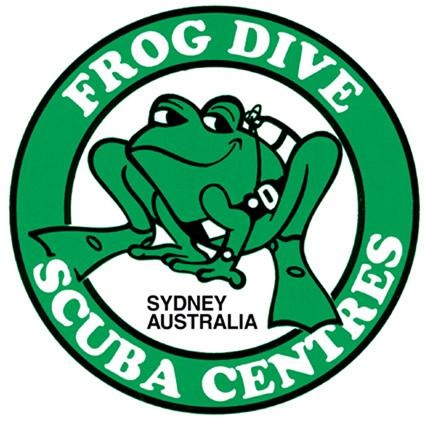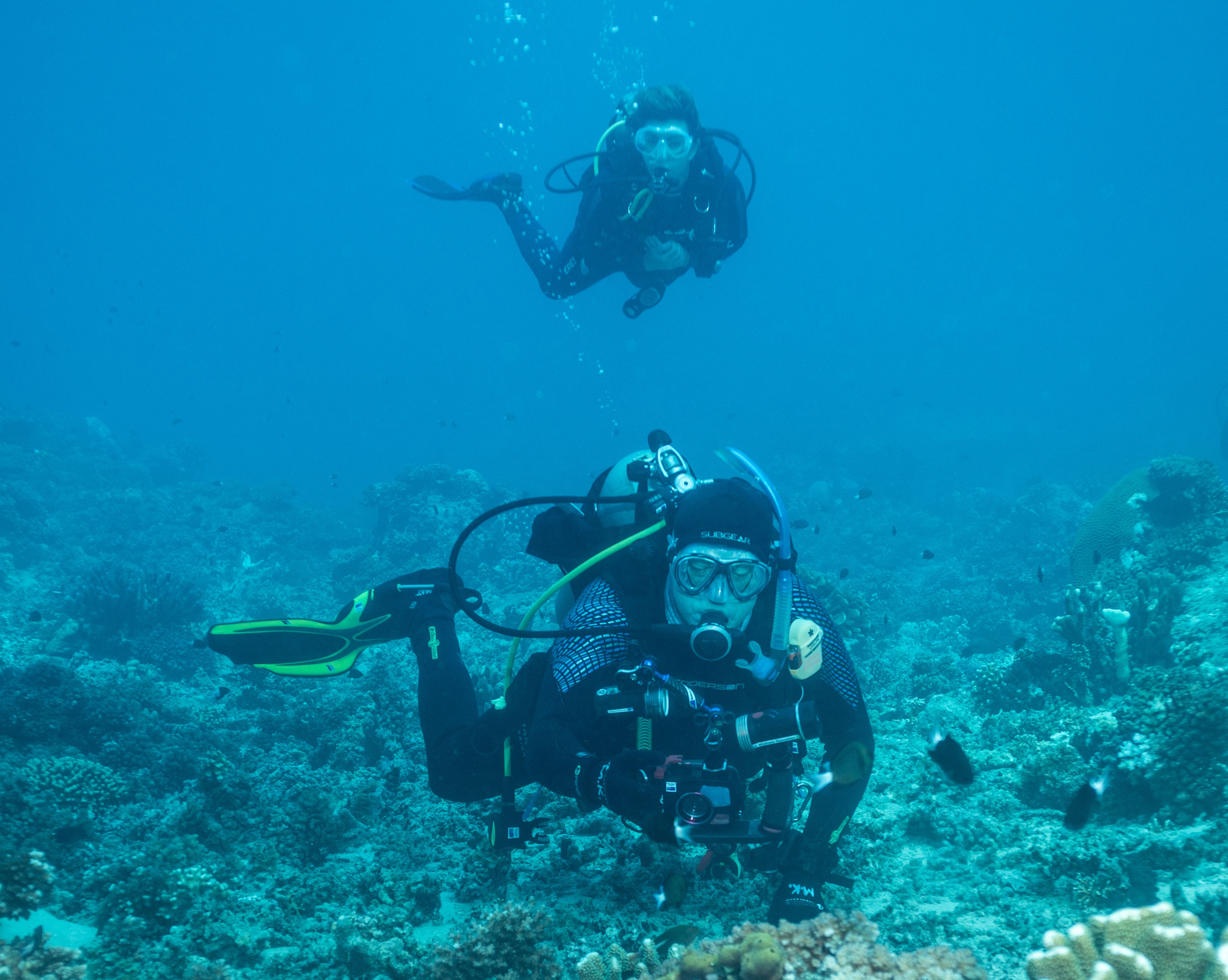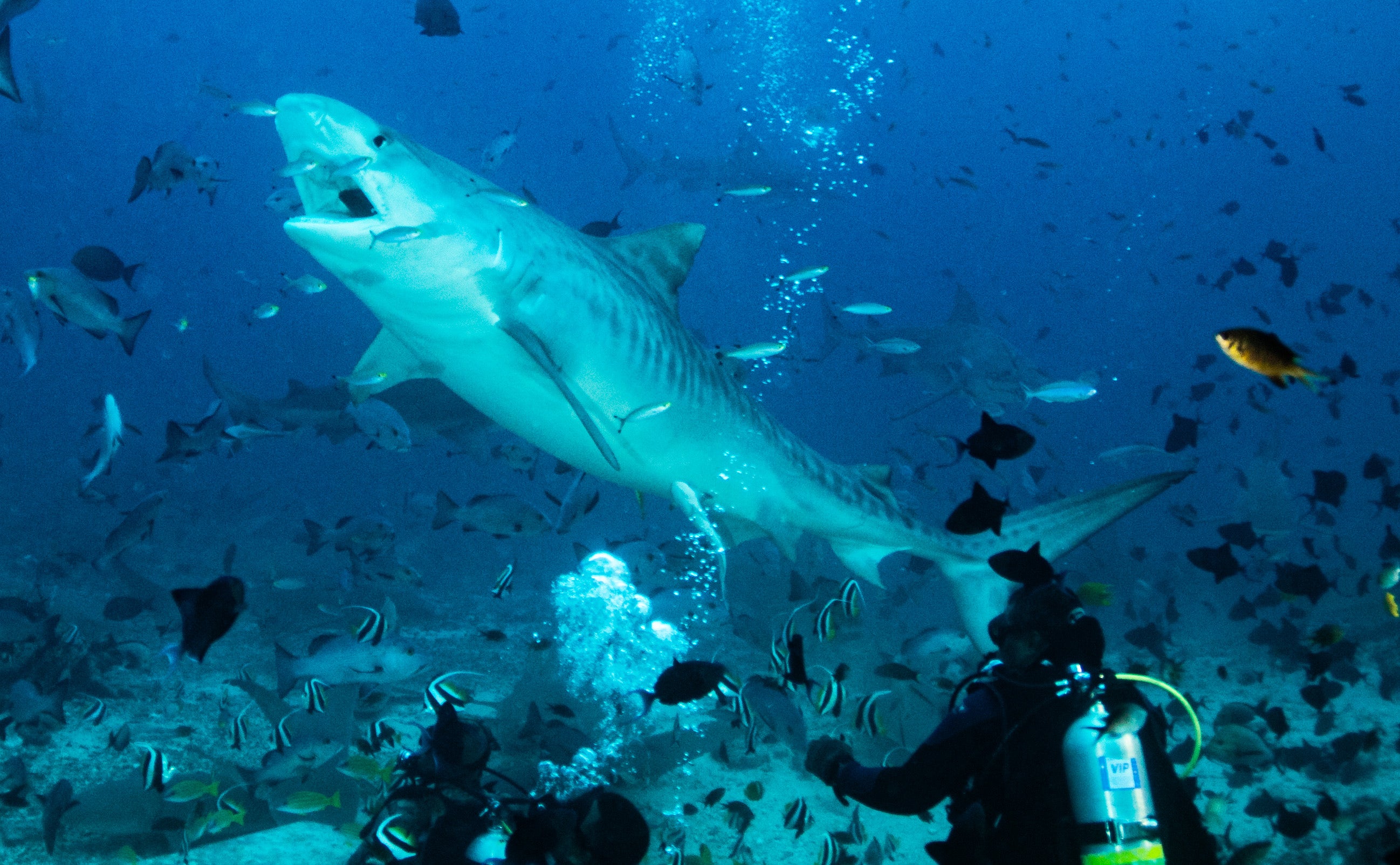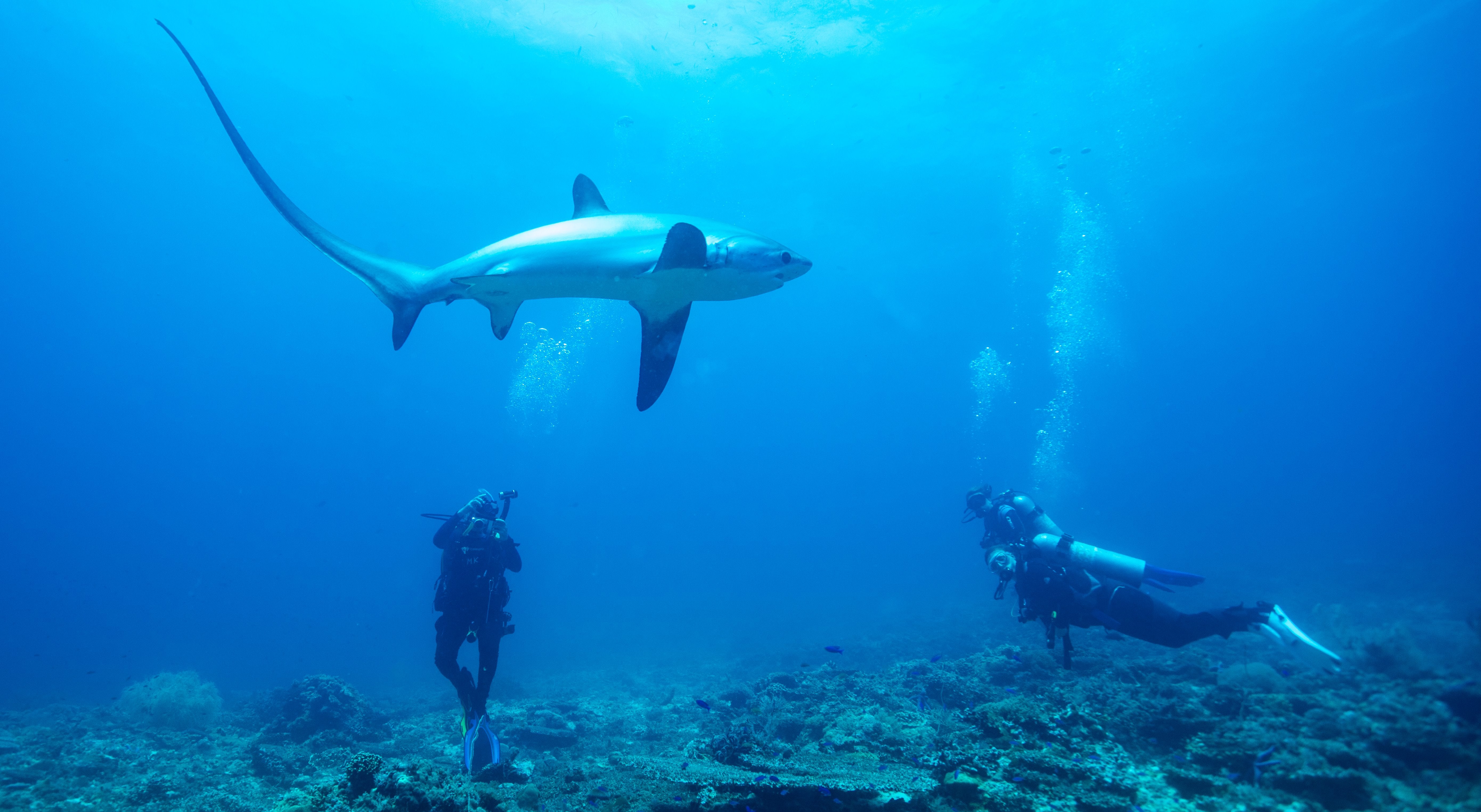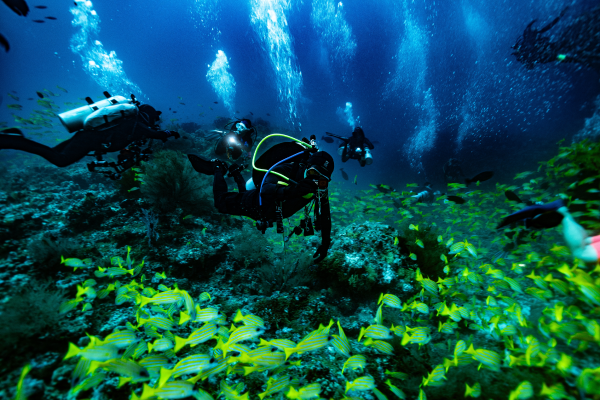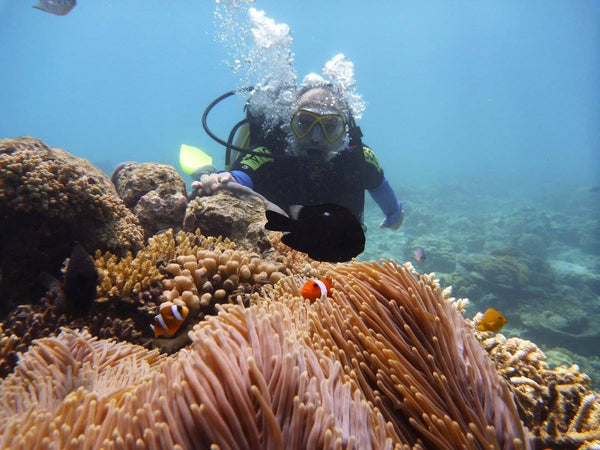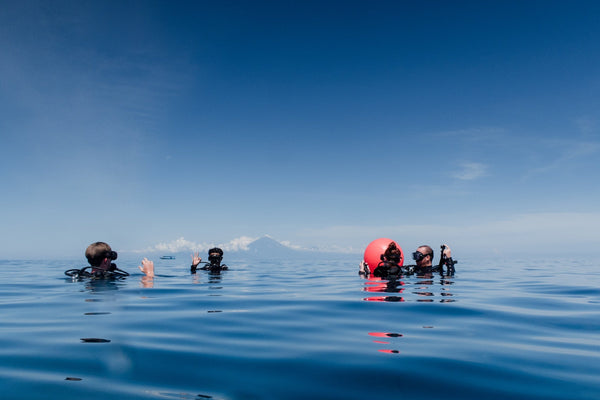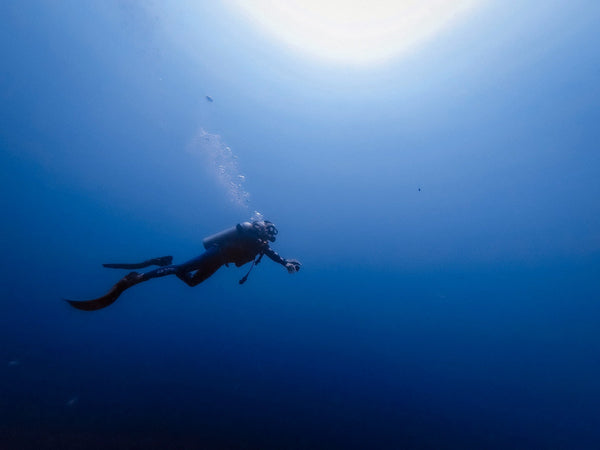How Sydney’s Spring Conditions Shape the Best Local Diving

The First Signs of the Season Underwater
Sydney divers know when spring has arrived. The mornings are still cool, but the water begins to warm. Baitfish move back into the shallows. Rays cruise across kelp beds at Bare Island. Wobbegongs rest on the sand at Manly. On the right day, visibility stretches further than it has in months.
Divers who wait until summer miss these early changes. Those who dive in spring see the season unfold from the start.
Why Spring Diving Matters
Water temperatures climb from 17 to 21 degrees. Marine life is active as species migrate and spawn. Visibility shifts with tides, swell and rainfall.
Spring is also when many divers return after winter. It is the time to reset skills and rebuild confidence before the busy summer months.
What Happens at Local Sites in Spring?
Voodoo Point
The site is famous for its swell and surge. In spring, warmer currents bring pelagic fish close to the rocks. Voodoo Point diving is rewarding but requires care and planning.
Manly and Shelly Beach
Both sites are popular year round. In spring, wobbegongs and rays are seen more often. Calm October mornings suit new divers returning to the water.
Kurnell
Weedy seadragons are active among kelp beds. Between tides the visibility can be excellent, giving divers long encounters with these iconic creatures.
Why Not Wait Until Summer?
Spring offers quieter sites before crowds arrive. It gives time for refresher training with instructors. Marine life is more visible in seasonal patterns. Divers also build stamina and confidence for the longer dives of summer.
How Divers Adjust for Spring Conditions
Exposure suits
Water is still cool. Stinger suits or layered wetsuits keep divers comfortable.
Gear checks
Spring is the time to service regulators, check wetsuits and replace straps. A scuba diving gear package is a practical choice for those planning a full season.
Safety planning
Shore divers check forecasts for wind, swell and rain. Conditions change quickly in spring, so knowing the right entry and exit points is important.
Local Knowledge Makes the Difference
Spring rewards divers who understand the shifts in Sydney’s conditions. Dive clubs and private guided shore dives give access to that knowledge. Local instructors know which sites clear fastest after rain and which headlands are safe in a southerly.
For those returning after winter, a refresher course helps put buoyancy, navigation and safety checks back in practice.
Practical Advice for Sydney Divers
- Plan dives early in the day for calmer water.
- Bring layered gear for surface intervals.
- Log water temperatures and visibility to track changes.
- Start with shorter dives if you have been out of the water for months.
Frog Dive supports divers through every season. Visit their local dive shop in Sydney or explore their online shop for stinger suits, gear packages and equipment servicing. The team also runs refresher courses and guided dives to help you get the most from spring diving.
FAQs
Q: What is the water temperature in Sydney during spring?
A: It rises from about 17°C in September to around 21°C by late November.
Q: Do I need a stinger suit in Sydney?
A: Yes, stinger suits provide comfort and protection. In spring many divers wear them with light wetsuits.
Q: Which site is best in spring?
A: Shelly Beach is reliable for new divers. Voodoo Point is excellent for experienced divers who can manage the swell.
Q: Is spring good for beginners?
A: Yes. With guided dives or refresher courses, spring is a safe time to start.
Q: Should I buy or hire gear for spring diving?
A: If you plan to dive often, a scuba diving gear package is more cost-effective. Hire is fine for occasional dives.
